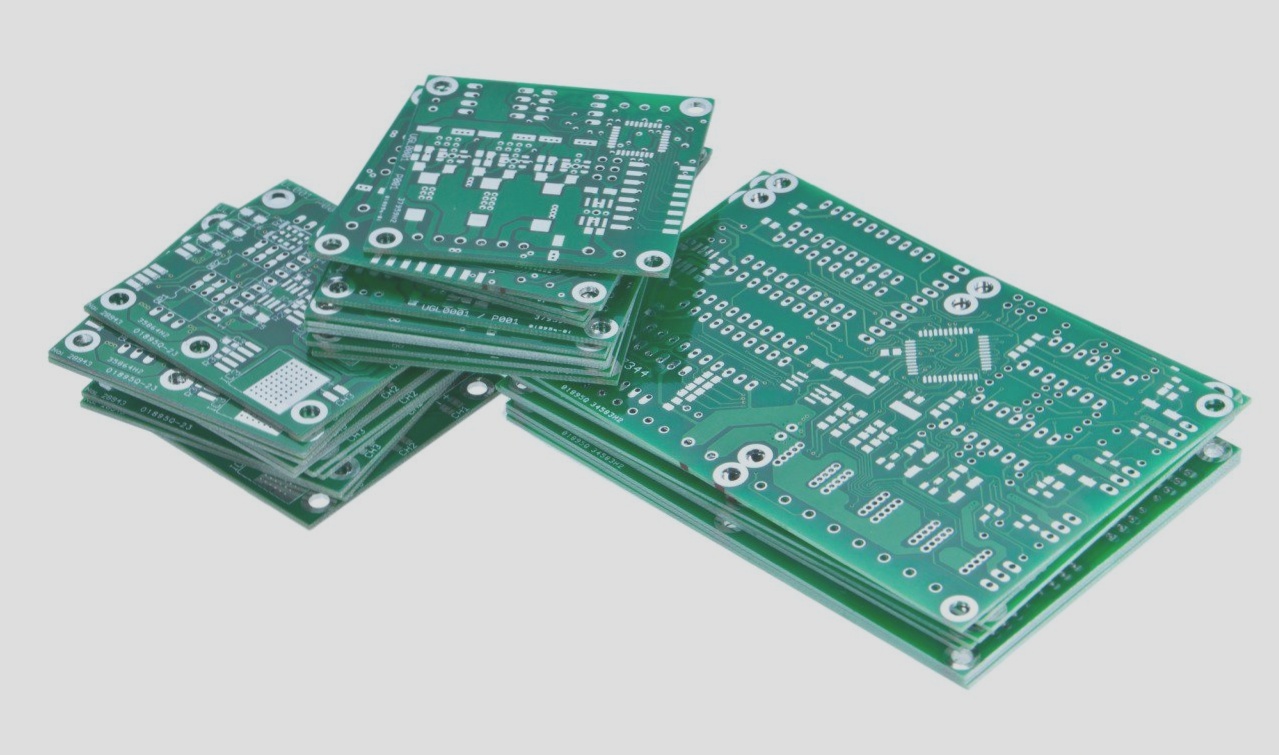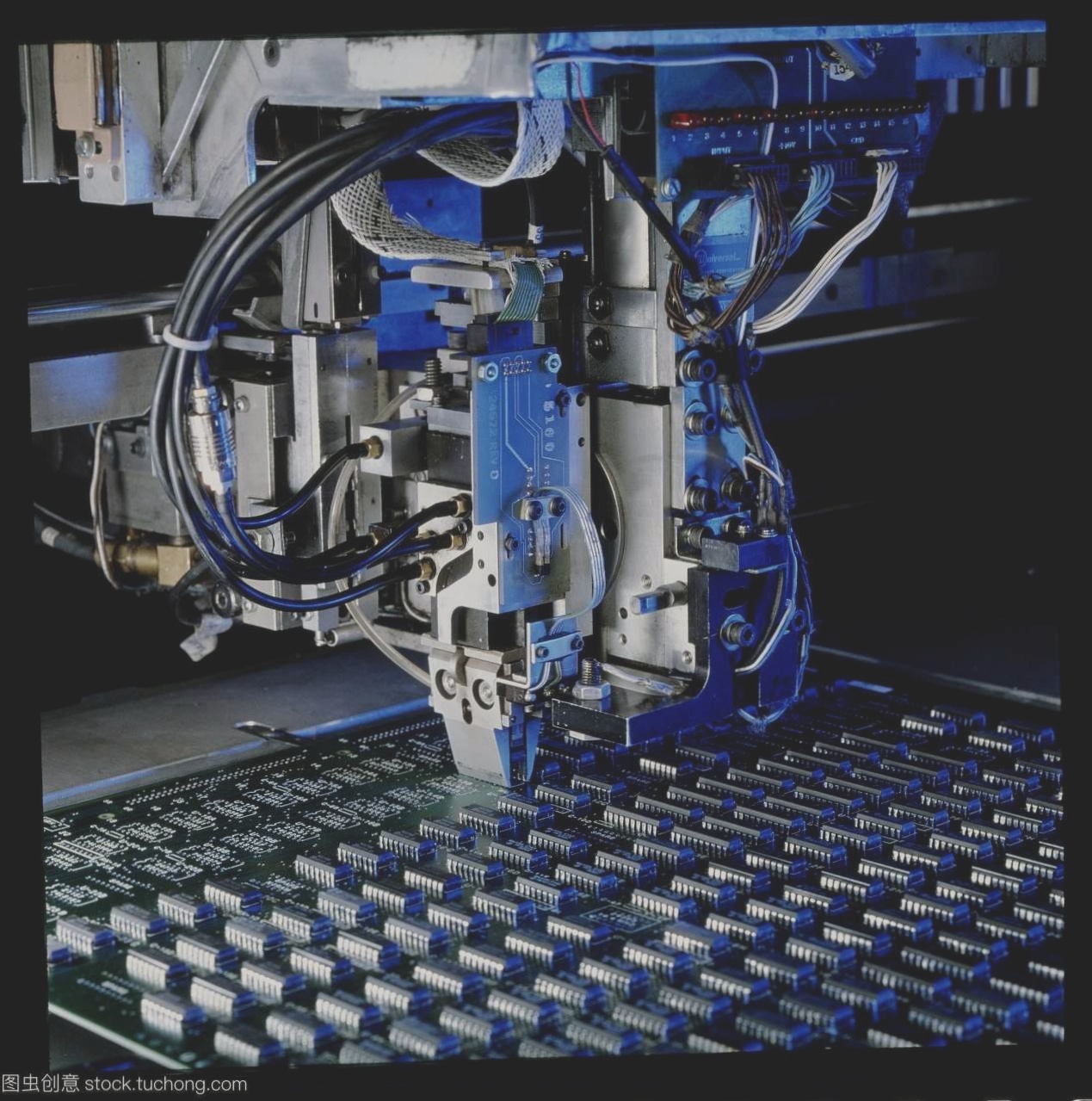9 Essential Tips for Successful PCB Board Prototyping
- Ensure the insulation performance of the electric soldering iron before soldering on a PCB board. Always work with an uncharged soldering iron and ground the iron’s shell for safety.
- Understand the operational principles of integrated circuits and related circuits before testing a PCB board to facilitate analysis and inspection processes.
- Avoid direct contact of grounded test equipment with live TV, audio, or video equipment on the PCB board without an isolation transformer to prevent short circuits.
- Use a test instrument with high resistance for measuring PCB board internal resistance to prevent measurement errors.
- Monitor the heat dissipation of power integrated circuits closely during testing and ensure proper heat dissipation to prevent damage.
- Ensure high-quality soldering during PCB board testing to avoid false soldering and inspect soldered integrated circuits meticulously.
- Rationally test PCB board lead wires by opting for small components and logical wiring to mitigate parasitic coupling.
- Avoid hastily diagnosing integrated circuit damage during testing, as single abnormalities may cause multiple voltage fluctuations.
- Prevent pin short circuits during testing by avoiding probe slippage and ensuring proper measurement techniques to protect the integrated circuit.
By following these 9 essential tips, you can enhance the efficiency and accuracy of PCB board prototyping, ensuring successful outcomes for your projects.



